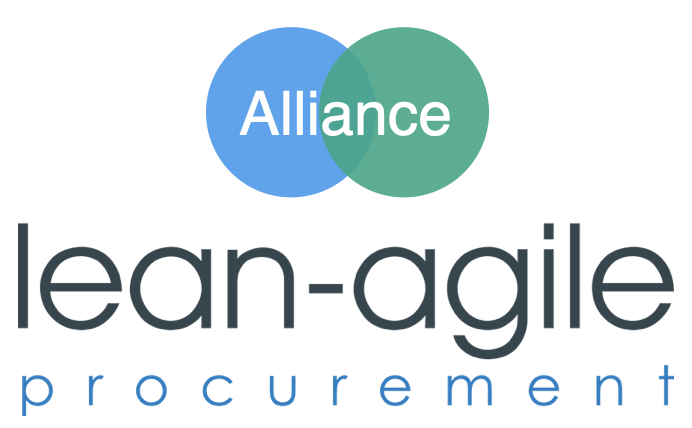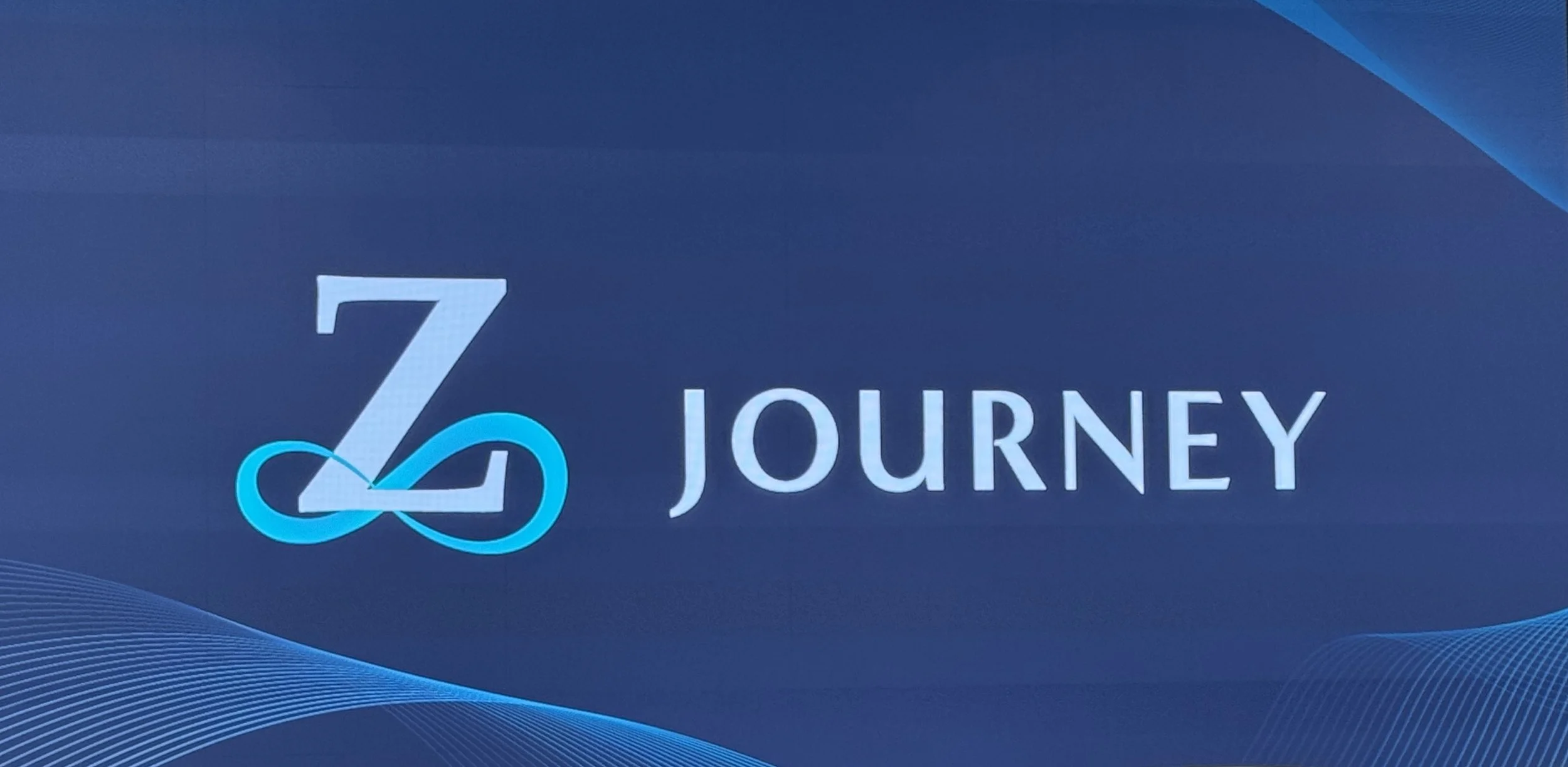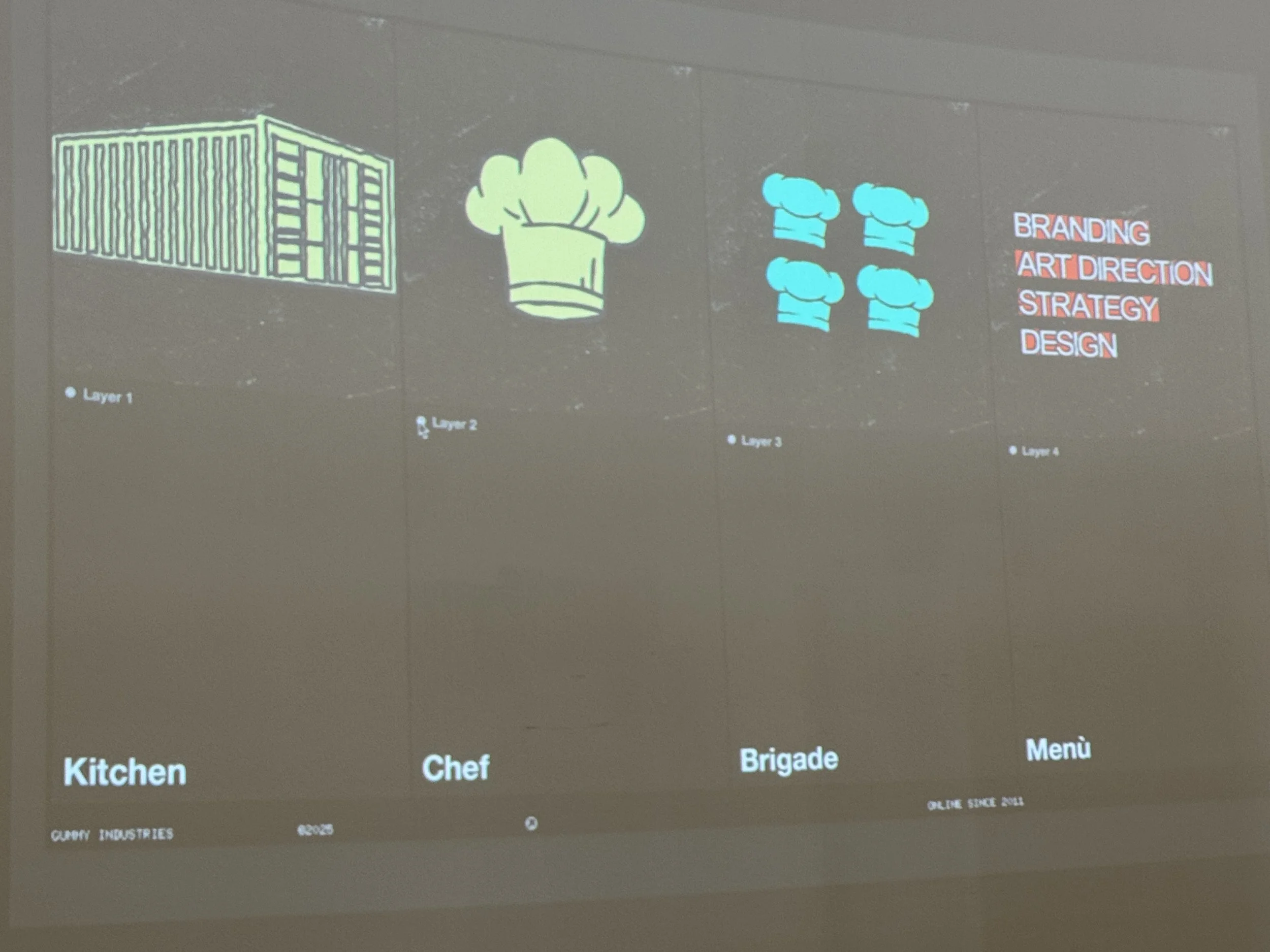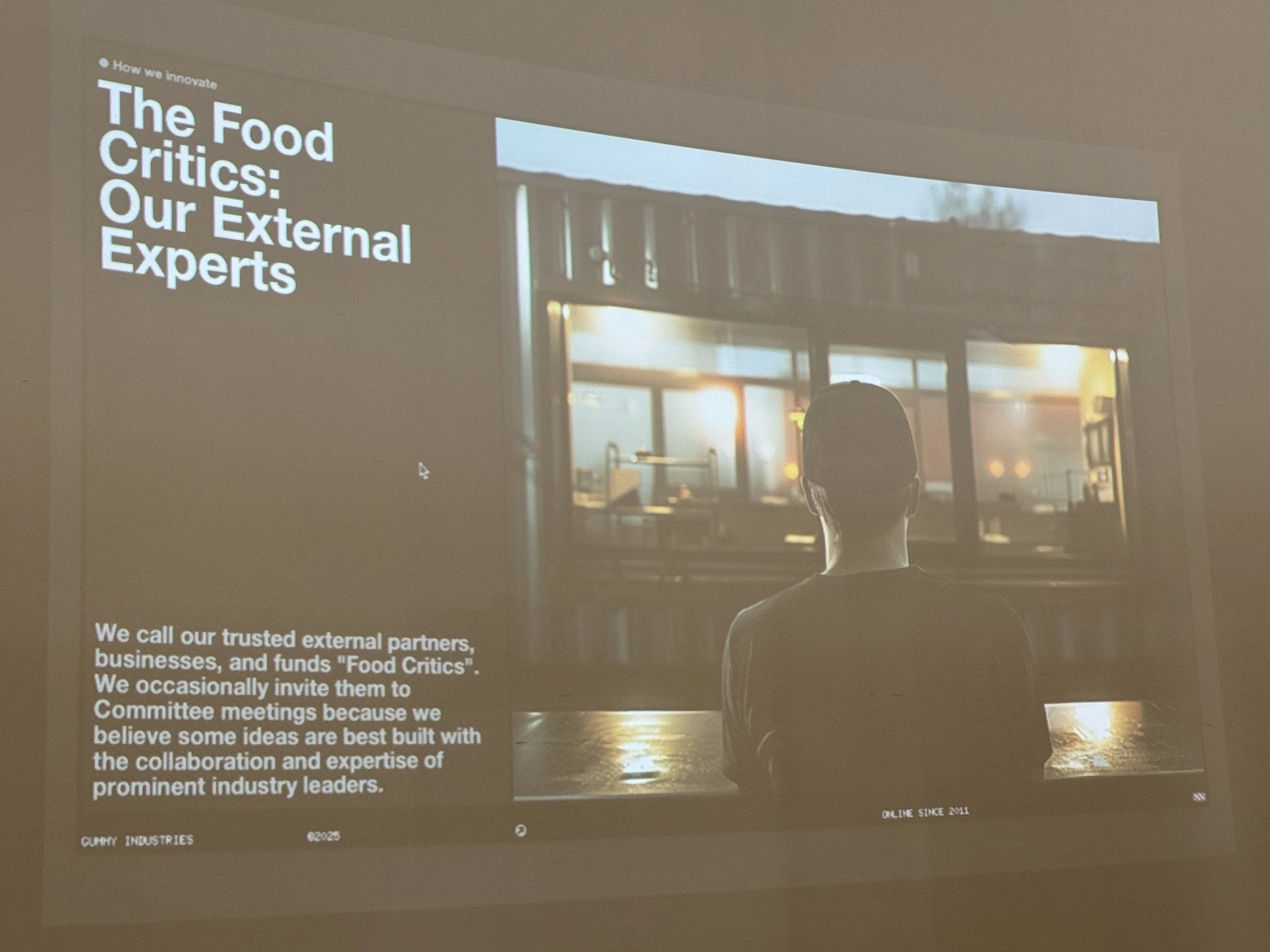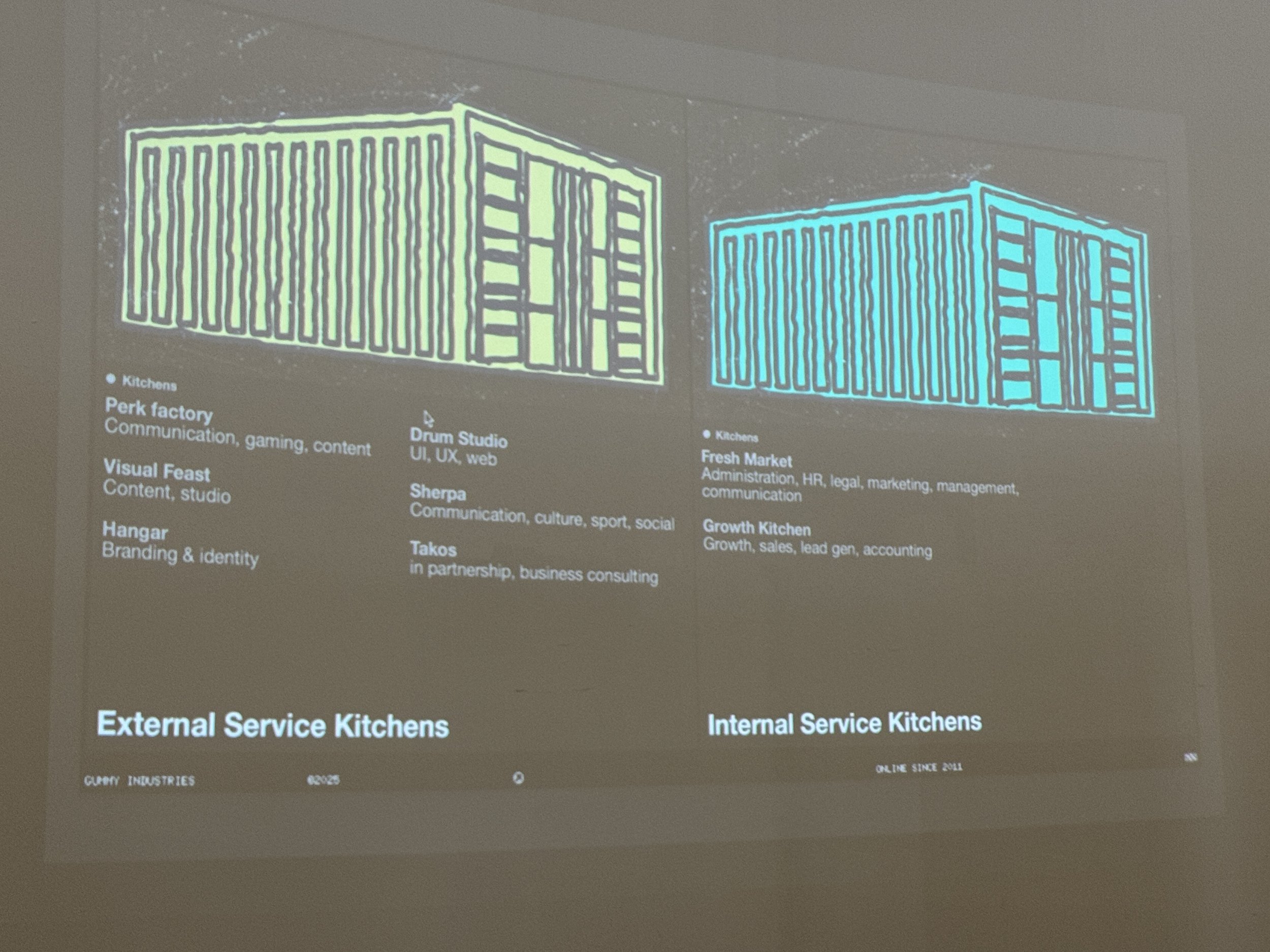Haier ZeroDX Journey 2025 - Case Studies, Insights and Learnings (Post 4 - Gummy Industries)
Image source: HMI
Mirko Kleiner & Paolo Sammicheli – At the LAP Alliance, our mission is to connect movements like Agile Leadership, Scaling Agile, Lean-Agile Procurement, and more to advance Business Agility.
A standout example is Haier, a global pioneer that transformed from a traditional manufacturer into a network of 4,800 Micro Enterprises (MEs), each operating autonomously and co-creating value within Ecosystem Micro Communities(EMCs). This large-scale, win-win model is unlike anything else in the world.
The LAP Alliance has been collaborating with the Haier Model Institute to promote Haier’s New Economic Engine - RenDanHeYi: a management approach with no bureaucracy and consistent 20% growth.
In this blog series, we’ll share key takeaways from the Haier Zero Distance Excellence Journey 2025, and explore how AI and ecosystems are shaping the future of business.
Post 4 - The Gummy Industry Case Studies.
Image source: Mirko Kleiner Contents: Gummy Industries
Fabrizio Martire Co-CEO of Gummy Industries shared his personal view on the organizational transition of dummy industries in the past months.
From Agency to Ecosystem: How Gummy Industries is Rewriting the Rules of Creative Work
A Creative Agency Breaks the Mold
Gummy Industries, a digital communications agency based in Brescia, Italy, isn’t your average creative shop. Housed in a former Fiat showroom and fueled by bold ideas, Gummy offers web design, branding, advertising, and influencer marketing to a broad mix of Italian and international clients.
With a name meant to evoke curiosity, fun, and connection, Gummy has always done things differently. Even before the pandemic, it had implemented unlimited vacation and fully remote work. But as the company grew, cracks emerged: decisions became centralized, innovation slowed, and employees—especially new ones—drifted away from client needs.
Rather than patching the system, Gummy’s founders chose transformation.
Why Change?
Founded in 2011, Gummy had long cultivated a culture of freedom, trust, and experimentation. But a fast-changing digital environment exposed growing challenges:
New team members felt disconnected from customer needs
Strategy drifted from market realities
Internal processes became slow and bureaucratic
Decision-making was concentrated in the hands of the founders
Co-CEOs Fabrizio Martire and Alessandro Mininno decided to confront these issues head-on. They invited the whole company to an offsite—opening up about their concerns and dreams, and inviting everyone to co-create “Gummy Industries 2.0.”
Image source: Mirko Kleiner Contents: Gummy Industries
Reinvention Inspired by RenDanHeYi
Drawing inspiration from Haier’s RenDanHeYi model, Gummy restructured itself into an entrepreneurial ecosystem. In 2021, the agency was divided into six autonomous micro-enterprises (MEs), each operating like a mini-business with ownership over its strategy and delivery.
But Gummy didn’t just copy a model—it made it its own, using food metaphors to build a shared language:
Kitchens are autonomous teams focused on digital strategy, branding, or media
Chefs lead kitchens and are accountable for P&L
Brigades are team members delivering work
Food Trucks are new business ideas in incubation
Restaurants are long-term spin-offs or dedicated client ventures
The Fresh Market provides shared services like HR and finance
This playful and intuitive vocabulary turned abstract management theory into something people could see, feel, and own—accelerating buy-in and change.
Image source: Mirko Kleiner Contents: Gummy Industries
Leadership & Culture: No Hierarchies, Just Ownership
Inside each kitchen, hierarchy is replaced by trust. Every brigade member can speak to clients. Chefs work alongside their teams, not above them. Most had no prior experience as entrepreneurs or managers—but that didn’t matter. The model allowed teams to learn by doing.
Chefs retain 20% of their kitchen’s profit, which can be reinvested or shared. The remaining 80% funds salaries and shared services. Even legal and HR teams operate as micro-enterprises, generating external revenue while serving internal clients.
Compensation and roles evolved too. Titles became fluid. People contribute across projects and domains, shaping their own paths inside the ecosystem.
Even the legal and HR functions were transformed into independent micro-enterprises with their own clients and revenue streams. Compensation shifted toward contribution-based rewards, and job titles became fluid across domains and projects.
One in the audience ask Fabrizio, so what are you doing all day long as a CEO?:
“What’s your role as a CEO now?”
It was a fair question—and a sign of progress. The role of the founder had fundamentally changed. Instead of being a bottleneck for decisions, Fabrizio had become a mentor, connector, and enabler, helping others grow ventures of their own. Leadership became less about control and more about creating the conditions for distributed ownership to thrive.
He also mentioned that he’s putting most of his time in improving the Fresh Market - The Micro Enterprise that serves all other kitchens.
Image source: Mirko Kleiner Contents: Gummy Industries
Results: Fast, Focused, and Fearless
Gummy’s transformation delivered impressive outcomes within a year:
7 new service offerings launched—what used to take seven years
20+ food truck ideas currently being incubated
The legal kitchen alone projects €300K+ in revenue
The first spin-off, Flatmates, is co-owned by Gummy, ex-employees, and external partners
More importantly, Gummy rekindled its entrepreneurial spark. Teams feel connected, bold, and responsible—not just for output, but for the evolution of the business.
Image source: Mirko Kleiner Contents: Gummy Industries
Systematizing Innovation
Beyond internal ventures, Gummy is now experimenting with ecosystem micro-communities (EMCs) and platform-based R&D. Its ambition is to become a venture builder, scaling innovations generated by its kitchens and spinning them into independent entities.
Every new kitchen is a living lab—developing services ahead of the market curve, like offerings for the metaverse. This ecosystem model has become a launchpad for ideas, talent, and impact.
Conclusion: Design a Story People Want to Belong To
Gummy Industries didn’t just implement RenDanHeYi—it reimagined it. They built not just a structure, but a story. One that employees could see themselves in. One that gave them language, freedom, and ownership to shape what comes next.
In the words of a Gummy chef:
“When people feel part of the story, they write the next chapter.”
By blending bold philosophy with grounded design, Gummy offers a blueprint for others looking to scale without losing soul—proving that true transformation is less about frameworks, and more about trust, language, and a shared purpose.
Let me know if you'd like this formatted for LinkedIn, Medium, or as a downloadable PDF.
Next Post - ASA Group (Case Study)
Stay tuned for the upcoming posts in this series!
All Posts of this Series
Post 1 - The ZeroDX Journey 2025
Post 2 - Haier’s Founder Zhang Ruimin about why is Haier so successful?
Post 3 - The VAR Group Case Study
Post 4 - The Gummy Industries Case Study
Post 5 - The ASA Group Case Study (Staytuned - in progress)
Post 4 - The Haier ZeroDX Awards 2025 (Staytuned - later in Sep/Oct)
Post 5 - Our Haier ZeroDX Awards 2025 Ecosystem Case Studies (Staytuned - later in Sep/Oct)
